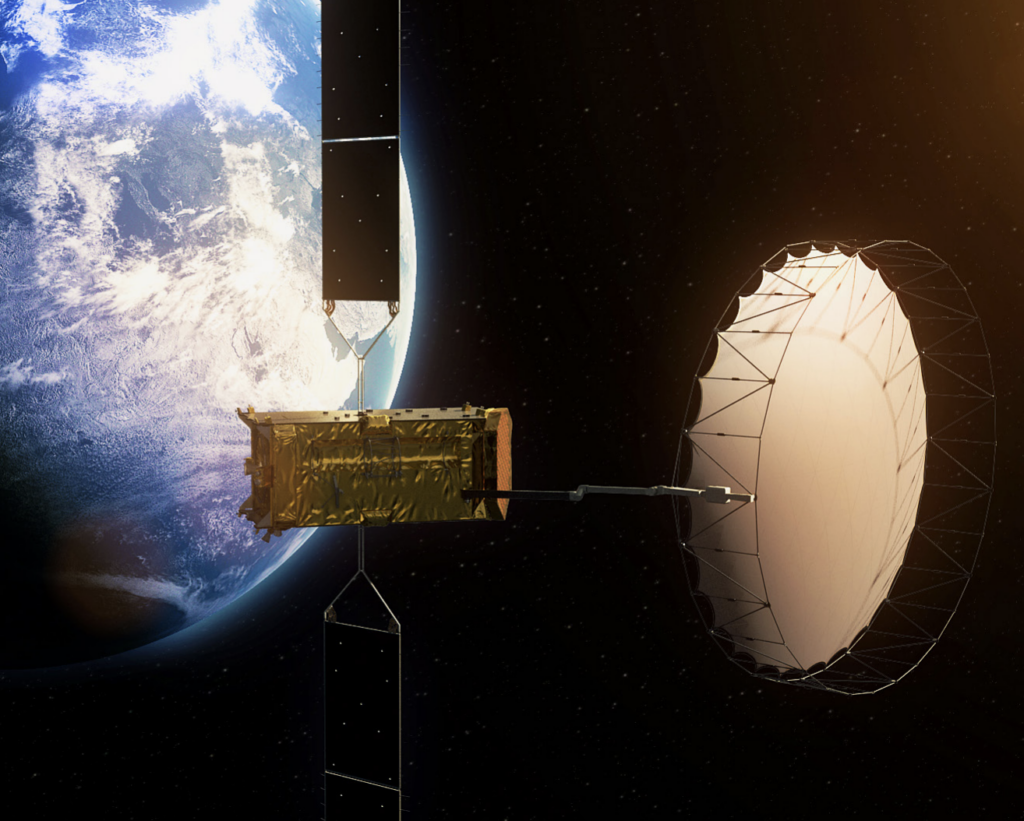
Viasat launched Black ICE, a new family of high-performance modem solutions that enable the integration of commercial off-the-shelf and waveforms for low SWaP, secure beyond-line-of-sight data communications. (Photos: Viasat)
Viasat is launching a new family of modem solutions, the Black ICE Software Defined Radio product line. The Black ICE SDR modem solutions can be integrated with commercial off-the-shelf and custom waveforms, for secure data transmission for mission-critical operations.
Software-defined radios can tune to any frequency band and use multiple waveforms through plug-and-play software applications built to published Army standards.
Black ICE SDRs are designed to meet the needs of military users with security, flexibility, a low form factor and high-performance capabilities. They can be used on beyond line of sight communications on crewed and uncrewed platforms, as well as expeditionary command and control (C2) operations.

The Black ICE SDR product line is compatible with Inmarsat’s Elera L-band and Global Xpress networks. Inmarsat is now a Viasat company. It can be integrated into standard Global Xpress Ka-band terminals via G-MODMAN II and open platform modem manager technology to enable the addition of a special waveform service. U.S. government Global Xpress customers can also access alternative waveforms for high data rate and resiliency necessary in congested and contested environments. More complex waveforms will enter commercial service later in 2023.

“With the increasing use of beyond-line-of-sight communications as part of ISR and C2 missions, U.S. government customers require a high-performance solution that maximizes platform range and reduces signatures for land, sea, and air,” commented Matt Wissler, Viasat Government Systems CTO. “The Black ICE SDR platform provides customers with solutions that enable flexible waveform integration and allow them to securely transmit large volumes of data while meeting the SWaP requirements of these platforms.”
This article was originally published by Via Satellite, a sister publication to Avionics International. It has been edited. Click here to read the original version >>